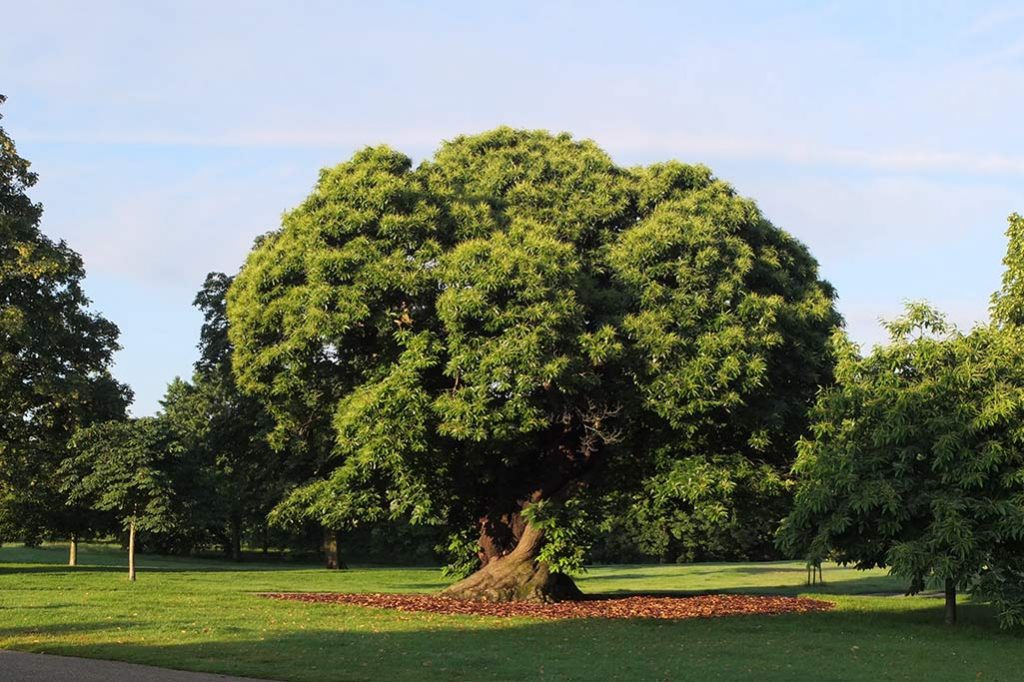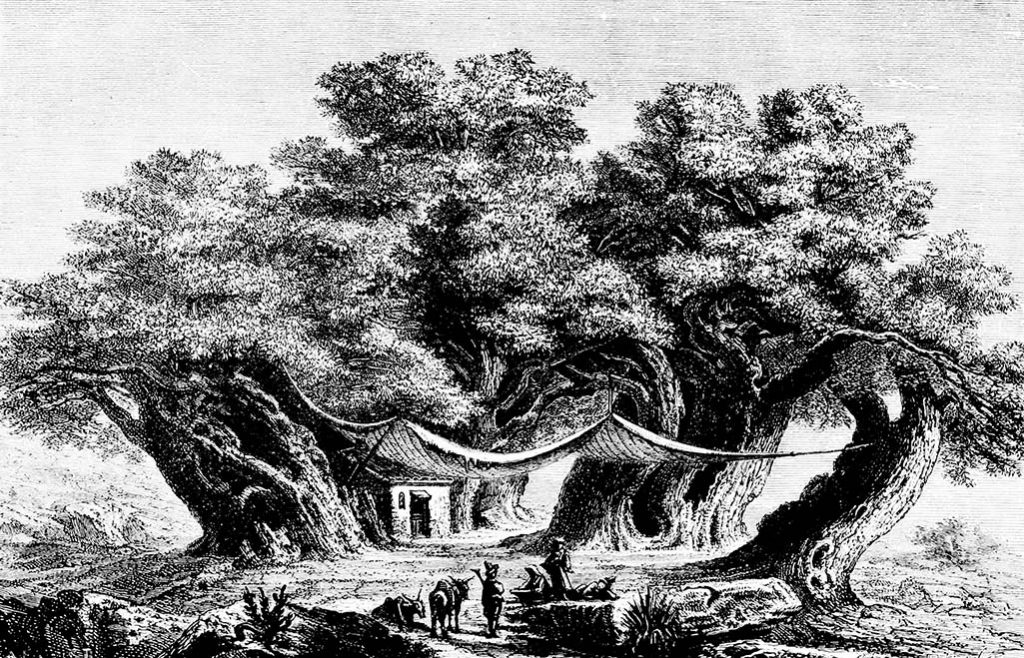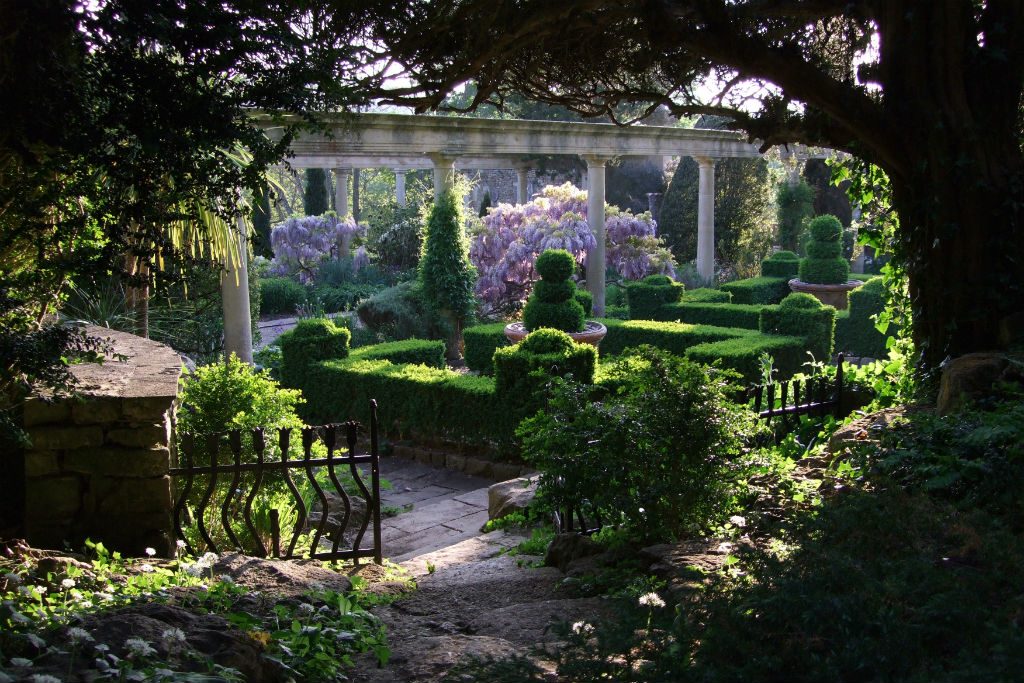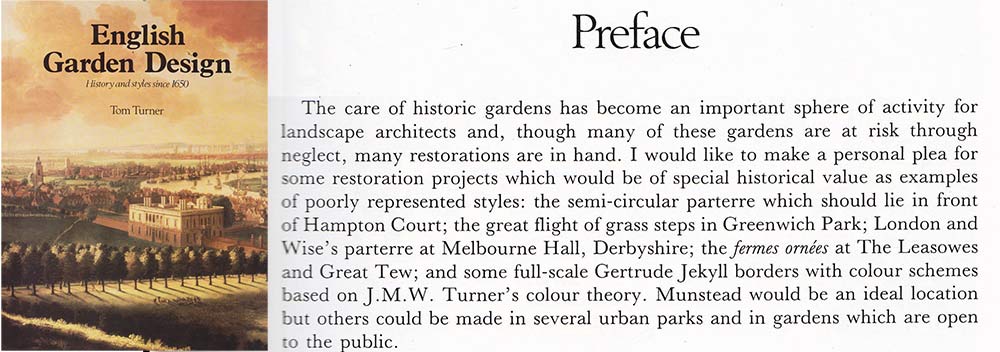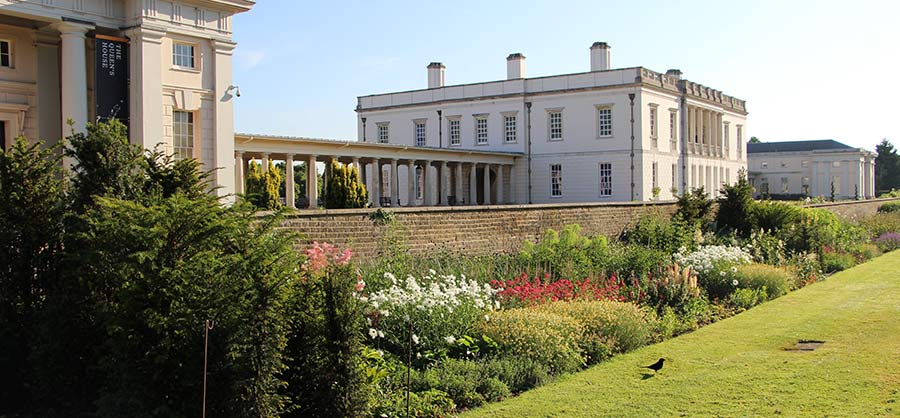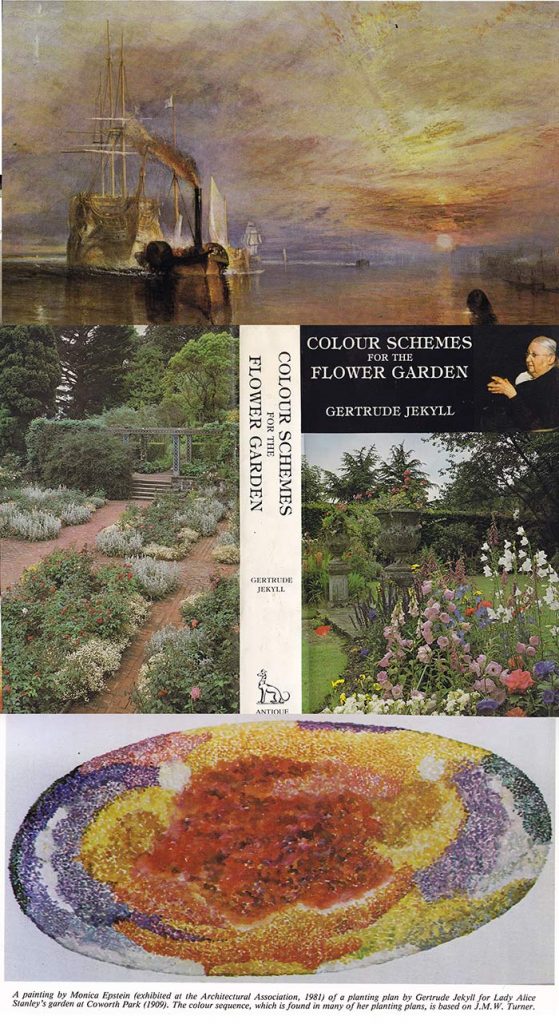
Beliefs have led to the planting of Nelumbo nucifera the Sacred Lotus since ancient times
Beliefs have always influenced garden design styles, just as they influence contemporary gardens. And just as they will surely influence future gardens. I do not have a religion but I do believe in beliefs and in their importance for designers. Neil MacGregor’s radio series on Living with Gods is therefore of great interest to me. Taking objects and places as examples, MacGregor explains the beliefs that led to their creation. This is what I tried to do when writing histories of Asian, European and British garden design. So when I can see a connections between what MacGregor say and the history of gardens I will blog and tweet about them using the hastag #GardenBeliefs. I am hoping he will devote a programme to Nelumbo nucifera the Sacred Lotus – but doubt it. It was a celebrated garden plant long before the Buddha made it a very famous garden plant as recorded in the story of the Flower Sermon:
Toward the end of his life, the Buddha took his disciples to a quiet pond for instruction. As they had done so many times before, the Buddha’s followers sat in a small circle around him, and waited for the teaching. But this time the Buddha had no words. He reached into the muck and pulled up a lotus flower. And he held it silently before them, its roots dripping mud and water. The disciples were greatly confused. Buddha quietly displayed the lotus to each of them. In turn, the disciples did their best to expound upon the meaning of the flower: what it symbollized, and how it fit into the body of Buddha’s teaching. When at last the Buddha came to his follower Mahakasyapa, the disciple suddenly understood. He smiled and began to laugh. Buddha handed the lotus to Mahakasyapa and began to speak. “What can be said I have said to you,” smiled the Buddha, “and what cannot be said, I have given to Mahakashyapa.”
Alan Watts a great interpreter of Buddhist ideas for westerners made a wise comment on contemporary religious ideas (he uses the term ‘faith’ where I use ‘belief’):
The present phase of human thought and history … almost compels us to face reality with open minds, and you can only know God through an open mind just as you can only see the sky through a clear window. You will not see the sky if you have covered the glass with blue paint. But “religious” people who resist the scraping of the paint from the glass, who regard the scientific attitude with fear and mistrust, and confuse faith with clinging to certain ideas, are curiously ignorant of laws of the spiritual life which they might find in their own traditional records.




